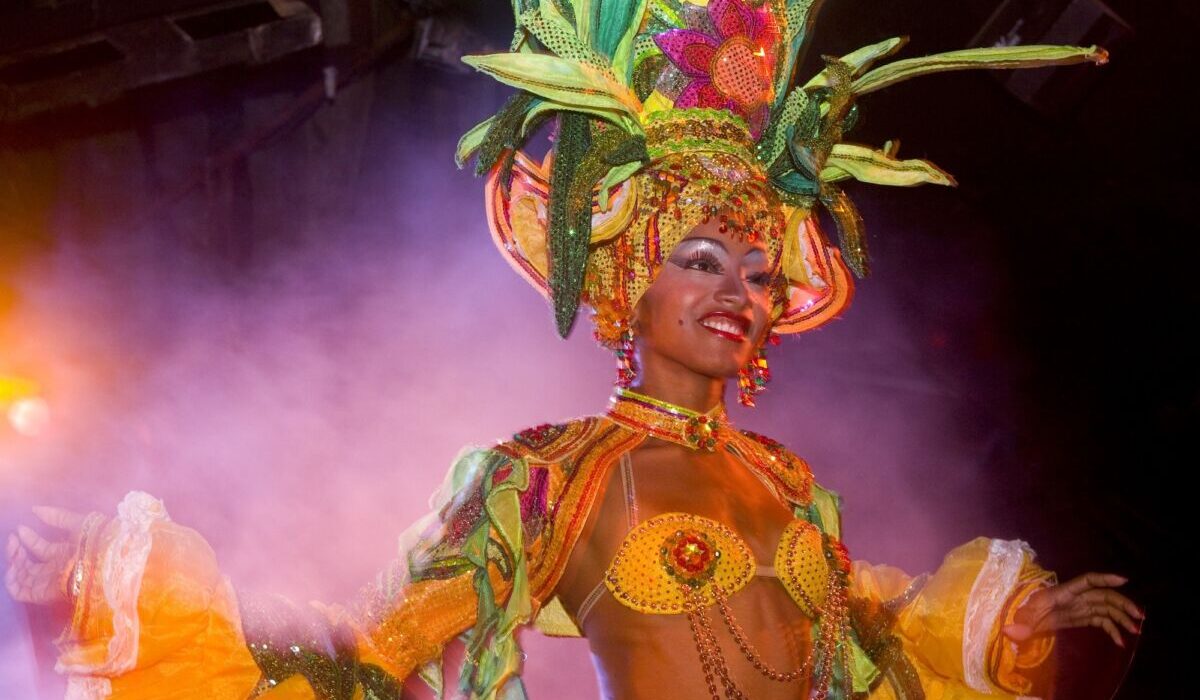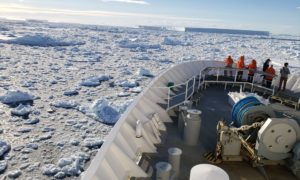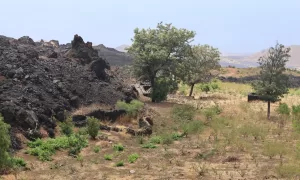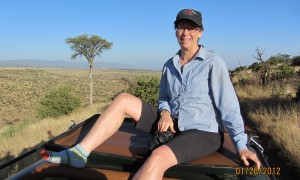
by Christopher P. Baker, Guest Blogger
Thank you, Susan, for inviting me to write a guest blog post.
I’m a full-time travel journalist, and have been for 40 years. My countless credits range from BBC and CNN to Condé Nast Traveler, National Geographic and Getty Images. As writer and photographer, I illustrate my own magazine stories and books (as much as my editors permit). I’m trained to tell a story in words and pictures. This prism informs my work, regardless of destination. It shapes how I see the world as photographic subject.
Even when I have no assignment (and even when I’m leading photo tours), I’m conscious—even albeit subliminally—of this contextual framework. In short, it means shooting wide-angle “establishing” scenes to give context as I then narrow down and close in on my subject. If I’m working on a magazine story of book, I’ll have a shoot list and thus seek to hone in on a narrative. But whether I have a purpose or not, I’m in perpetual photojournalistic alert mode to grab opportunities as they arise.
For example, on a March 2020 trip to Cuba for Jim Cline Photo Tours, while shooting in Viñales—tobacco country par excellence—this landscape provided a great visual sense of location and mood perfect as an “establishing” shot. By using the classic “rule of thirds” to place my main subject in the lower left corner, I created plenty of usable space for any editor who might buy the image to drop in text—thus increasing my chances of selling this for a double-page spread (and more money) that might open a magazine feature story.

I then followed up close-up portraits. Building a story means mixing it up. And not just subject. I sometimes tilt the camera for variable angles, for example, as in this posed shot of father and son farmers in Viñales.

For three decades, Cuba has been my biggest passion and source of both professional income and photographic stock. A more inspirational setting for photography is hard to conceive. You’d think after writing and illustrating seven travel books on Cuba, I’d have shot it all by now. But in this quasi-magical realm where the borders between reality and fantasy intertwine, on any day in any place I’m guaranteed at least one memorably unique double-take image.
Since 2011, when President Obama opened the door for U.S. travel, my Cuba visits have leaned heavily towards leading group programs, from helping set up and lead Santa Fe Photographic Workshop’s first Cuba programs to almost 100 trips for National Geographic Expeditions and Jim Cline Photo Tours as photographer and “Cuba Expert.” I’ve morphed from an emphasis on shooting touristic venues to a focus on portraiture and street photography (the very stuff of group photo tours), informed by a goal to record Cubans in their environment and to tell their uniquely quixotic life-stories in situ.
I love working Cuban streets. Everyday activities here have a gritty contextual quality that evokes a nostalgic and seductive response. You don’t need to push the envelope to find poetic and emotionally charged images that spark the psyche.
Often, I’ll linger at a particular compelling street corner and “work” the scene, waiting patiently for slice-of-life moments to happen amid the non-stop street theater. That’s how I managed to shoot one of my all-time favorite images—a simple and spontaneous close-up of a shirtless man affectionately nuzzling his horse on a street in Trinidad (published as a double-page spread in National Geographic and winner of Gold for “Best Portrait of 2015” in the North American Travel Journalist Association Awards).

When I set out to be a professional photography in the early 1980s, I took formal classes taught by established travel photographers. I quickly learned that the keys to creating great images are an innate sense for composition, and command of light. There’s nothing staged about the above shot. It was a matter of moving myself into the best position and establishing my frame.
But great compositions can be “manufactured.” Set-piece photography is a staple of my photo tours, as with this sunset shot with hired camel-drivers and camels in Oman with Jim Cline Photo Tours.

Or this image of ballerinas in an old mansion in Havana. Here, having established my frame and a tremendous perspective for juxtaposition of light and shadow, all that was left was to experiment with positioning the ballerinas.

Another time, while shooting in a simple rural home in Cuba, I discovered a litter of newborn puppies. I asked the daughter to hold up two puppies outside, just so. Then I positioned her dad in the doorway, silhouetted by golden-hour sunlight. Then I grabbed a purple towel off the washing line and draped it over the dad’s shoulder for a much-needed splash of color. I shot with a wide aperture for narrow depth of field to soften the background and focus the viewer’s eyes on the puppies. Being conscious of, and controlling, these critical details is imperative to great photography.

After many years practice, this stuff becomes second nature and almost automatic. But just as I’m hopeless at maths and mechanics (in one ear, out the other), many people lack the artistic sensibility that’s the pre-requisite of composition. Other aspects can be learned, regardless.
For example, many clients on my photo tours reveal a lack of understanding of how to control for high contrast and/or how to make striking use of light and shadow. One of the joys I had on my February, 2020, Oman photo tour was teaching how to use exposure compensation to control for “perfect” (ie. desired) exposure.

Far too many people these days rely on post-processing to achieve a desired result. I’m old school. Many of my images through the years have sold to National Geographic, which did not permit its photographers to alter images in any way. Hence, I never crop and I never process. My motto is… get it right before you click the shutter button.
BIO
Christopher P. Baker—the Lowell Thomas Award 2008 ‘Travel Journalist of the Year’—has written and photographed for publications from BBC and CNN to National Geographic and Playboy. He leads photo tours to destinations for Atlas Obscura, Jim Cline Photo Tours, Lumaria Workshops and National Geographic Expeditions, including trips in 2021 to Colombia, Cuba, Japan, Mozambique, Oman and Scotland.







Comments
2 CommentsMary lockrow
Oct 12, 2020Wow! This is another one for my file of saves!
leonardo tombelli
Nov 18, 2020Excellent!!!